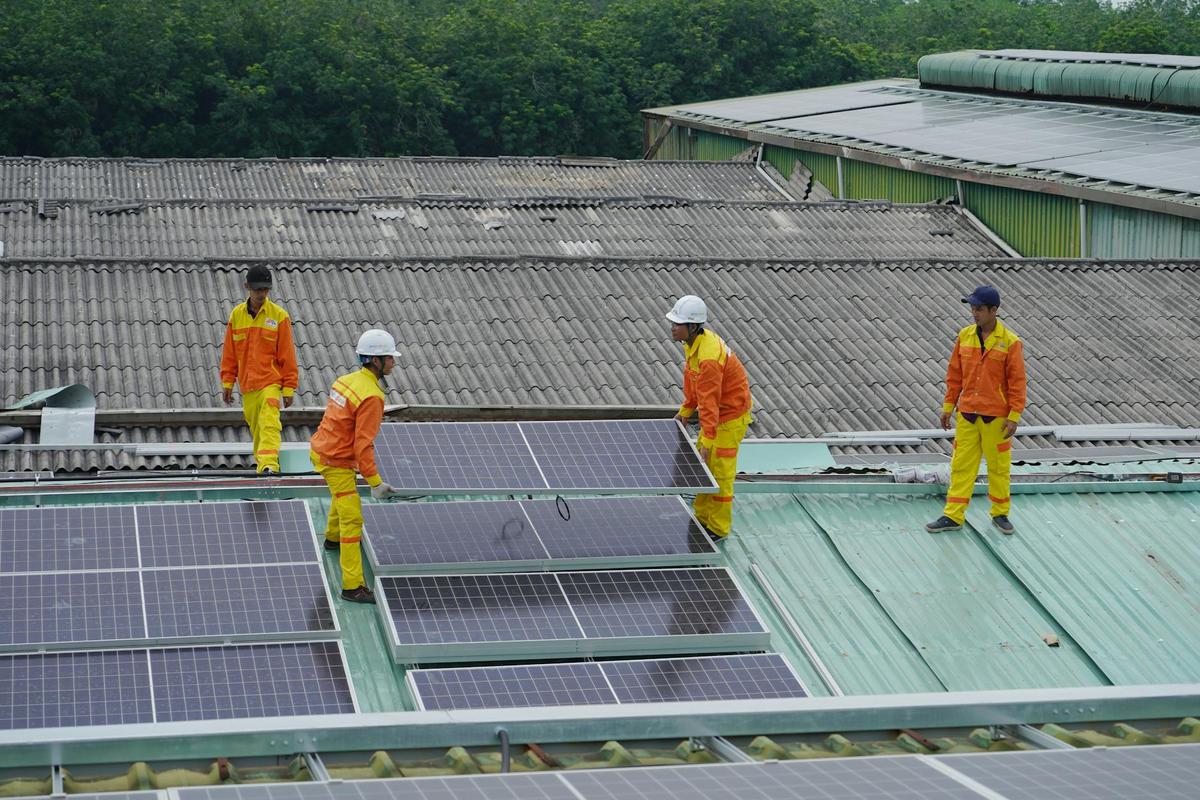As climate change continues to reshape our planet, its effects are becoming increasingly evident across various sectors, including real estate. The evolving climate patterns are not just impacting the environment but are also influencing where and how we choose to live.
The real estate market, traditionally driven by location and economic factors, is now facing new challenges due to climate change. According to a report by the Urban Land Institute, rising sea levels, increased frequency of natural disasters, and changing weather patterns are altering the landscape of real estate investment and development. These changes necessitate a re-evaluation of risk assessments and investment strategies in the real estate sector.
Expert Insights on Climate-Induced Changes
Dr. Mark Anderson, a climate economist, notes, “Real estate investors must now consider climate risk as a fundamental part of their decision-making process. Ignoring this factor could lead to significant financial losses in the future.” The National Association of Realtors has also highlighted that properties in vulnerable areas might see a depreciation in value as climate risks increase.
Impact Statistics and Research Findings
Research conducted by the Environmental Protection Agency (EPA) indicates that coastal properties are at a higher risk of flooding due to rising sea levels. The same research suggests that by 2100, sea levels could rise by up to 6.6 feet, potentially submerging thousands of homes along the coast. Additionally, a study by the Climate Impact Lab predicts that increased temperatures will affect energy costs and property values, especially in areas not equipped to handle extreme heat.
Real-Life Examples
Consider the case of Miami, where some neighborhoods have already seen a decline in property values due to recurrent flooding and storm surges. In contrast, inland areas less prone to flooding are witnessing a surge in demand, as they are perceived as safer investments.
Actionable Tips for Real Estate Stakeholders
- Conduct thorough climate risk assessments for potential investments.
- Consider investing in resilient infrastructure and technologies that mitigate climate impacts.
- Stay informed about local climate policies and regulations that may affect property values.
Comparing Market Adaptation Strategies
| Strategy | Pros | Cons |
|---|---|---|
| Relocation | Reduces direct climate risks | High initial costs |
| Resilient Design | Enhances property value | Requires significant investment |
| Insurance | Provides financial security | Increasing premiums |
| Green Building | Environmental benefits | May require regulatory approvals |
| Energy Efficiency | Reduces operational costs | Upfront investment needed |
| Community Engagement | Fosters resilience | Time-consuming process |
Invest in properties that incorporate sustainable building practices and are located in areas with strong climate adaptation plans.
Frequently Asked Questions
How does climate change affect real estate values?
Climate change can lead to increased insurance costs, property damage, and decreased desirability of locations prone to natural disasters, impacting property values negatively.
What are some climate-resilient investment options?
Investing in green buildings, properties in less vulnerable areas, and those with advanced infrastructure designed to withstand climate impacts are considered resilient options.
Why is it important to consider climate risk in real estate?
Considering climate risk ensures long-term profitability and sustainability of investments by protecting against potential future losses due to climate-related events.
Conclusion
In conclusion, the real estate market is undeniably experiencing shifts due to climate change. As these environmental impacts become more pronounced, stakeholders must adapt by incorporating climate resilience into their investment strategies. By staying informed and proactive, investors can safeguard their assets while contributing to a more sustainable future. For more insights on sustainable real estate practices, consider exploring resources from the Environmental Protection Agency.




Leave a Reply